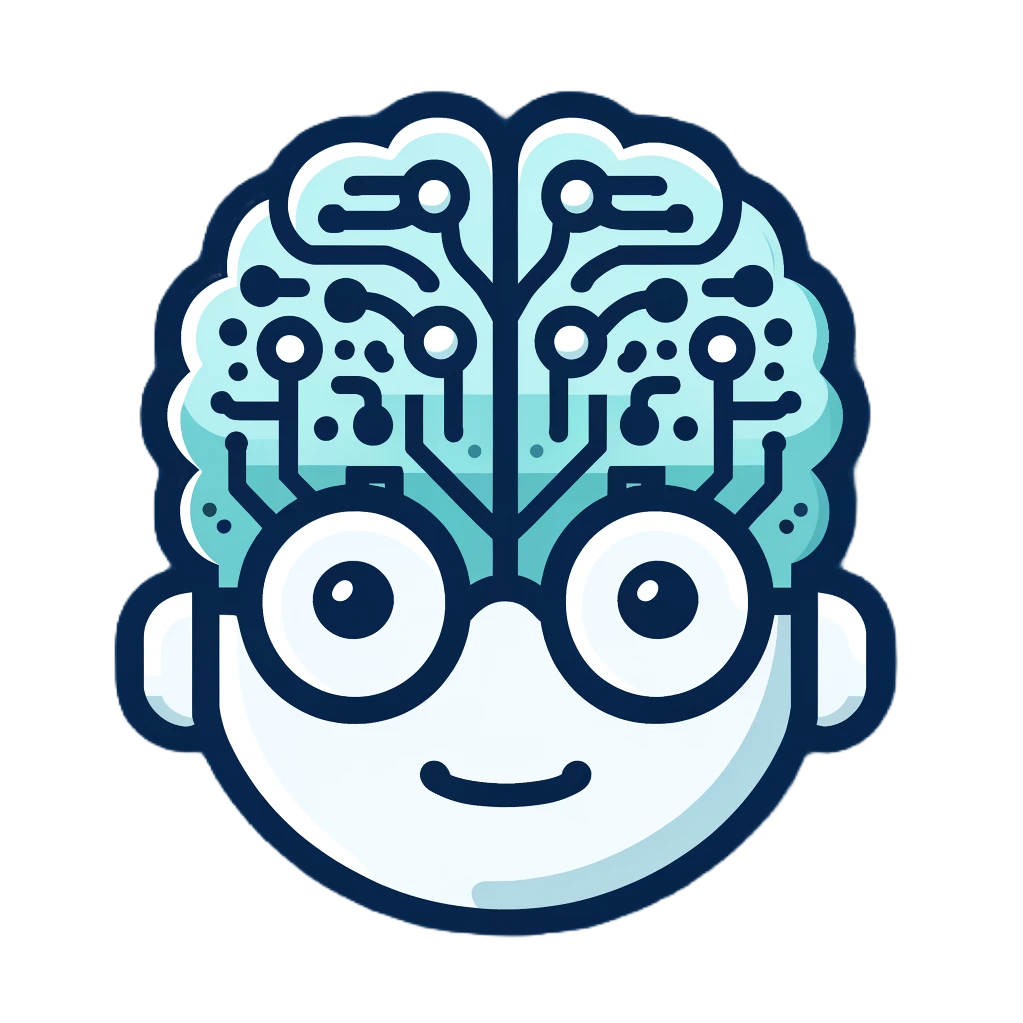In the ever-evolving field of natural language processing (NLP), ensuring the safe and effective evaluation of large language models (LLMs) is paramount. A recent paper, Lessons from the Trenches on Reproducible Evaluation of Language Models, co-authored by Stella Biderman and colleagues from EleutherAI and other institutions, offers valuable insights into the challenges and best practices for evaluating LLMs. As someone deeply invested in the safety and efficacy of AI in mental health, I am excited to explore the implications of this work.
Overview of the Paper:
The paper highlights the importance of reproducible evaluation practices in NLP. It addresses common challenges such as the variability in model responses, the need for consistent benchmarking, and the importance of sharing evaluation code and prompts. The authors also introduce the Language Model Evaluation Harness – lm-eval, an open-source library designed to facilitate reproducible and transparent evaluation of LLMs.
Implications for Mental Health LLM Safety:
- Ensuring Consistency and Reliability:
Reproducible evaluations help ensure that mental health applications of LLMs provide consistent and reliable results. This consistency is crucial for maintaining user trust and safety, particularly when models offer support or guidance on sensitive mental health issues. - Addressing Bias and Fairness:
Transparent evaluation practices can identify and mitigate biases in LLMs. In the context of mental health, biased outputs could lead to harmful advice, reinforce negative stereotypes, or maladaptive thinking. Rigorous evaluation is essential to prevent such outcomes and ensure fair treatment for all users. - Validation of Therapeutic Interventions:
Using reproducible and standardized benchmarks allows for better validation of therapeutic interventions provided by LLMs. This ensures that the models’ suggestions are evidence-based and beneficial to users, enhancing the overall efficacy of mental health treatments. - Cost-Effective Evaluation:
Automated metrics for evaluating LLMs reduce the need for expensive human evaluations. This cost-effectiveness allows for more frequent and thorough testing, improving the overall safety and effectiveness of mental health LLM applications. - Adaptability to Rapid Changes:
The fast-changing nature of NLP research requires regular updates to evaluation benchmarks. This helps keep mental health LLMs aligned with the latest safety standards and best practices, ensuring they remain effective and safe over time. - Human-in-the-Loop:
While automated metrics are useful, human oversight remains critical. Combining automated evaluations with expert reviews ensures that mental health LLMs are not only technically sound but also ethically responsible, providing the best possible care to users. See Red Teaming for Mental Health LLM Safety below. - Real-World Impact:
The ultimate goal is to ensure that LLMs used in mental health applications are safe, effective, and beneficial to users. Rigorous and reproducible evaluations are a step towards achieving this goal, helping to avoid potential pitfalls and maximize positive outcomes.
Red Teaming for Mental Health LLM Safety
What is Red Teaming?
Red teaming involves experts simulating attacks or attempting to find weaknesses in a system to identify vulnerabilities and improve security. For LLMs, red teaming can uncover biases, inaccuracies, and harmful outputs that might not be evident through standard testing.
Importance in Mental Health:
- Identifying Harmful Responses:
Red teaming can simulate various scenarios and inputs to see how the LLM responds. This is crucial in mental health, where the wrong response could exacerbate a user’s condition or lead to harmful actions. - Stress Testing Under Diverse Conditions:
By testing the LLM under a variety of stressful and unexpected conditions, red teaming ensures the model can handle real-world use cases and edge cases safely and effectively. - Mitigating Bias and Ethical Concerns:
Red team exercises can help identify biased or unethical outputs, allowing developers to refine the model to ensure it meets high ethical standards and provides fair and unbiased support to all users. - Enhancing Trust and Safety:
Regular red teaming exercises build trust in the LLM’s reliability and safety, reassuring users and stakeholders that the model has been thoroughly tested and is safe to use in mental health contexts.
Integrating Red Teaming with Reproducible Evaluations:
Combining red teaming with reproducible evaluation practices ensures that any issues identified by the red team can be consistently tracked and addressed across different iterations of the model. This integrated approach enhances the overall robustness and safety of mental health LLM applications.
Call to Action: Building a Strategic Framework for AI Safety in Mental Health
To ensure the safe and effective use of LLMs in mental health, we need to build a strategic framework focused on the following considerations:
Design Strategy:
- Prioritize user safety and ethical considerations in the design of mental health LLMs.
- Incorporate feedback from mental health professionals and users to ensure the models meet their needs.
Open Data:
- Promote the use of open data to improve the transparency and reproducibility of LLM evaluations.
- Encourage collaboration among researchers to share datasets and evaluation results.
Reproducibility:
- Adopt best practices for reproducible evaluations, including sharing evaluation code and prompts.
- Standardize benchmarks and evaluation methodologies to ensure consistent and reliable results.
Extensible and Approachable Red Teaming Model:
- Implement regular red teaming exercises to identify and address potential risks and vulnerabilities.
- Integrate red teaming results into the evaluation and development process to continuously improve the safety and effectiveness of mental health LLMs.
- Build repositories that facilitate red teaming for less technical roles such as psychiatrists, psychologists, and mental health community members.
By focusing on these key areas, we can build a robust framework that ensures the safe and effective use of LLMs in mental health applications. Let’s work together to create a future where AI not only enhances mental health care but does so in a way that is safe, ethical, and beneficial for all.
References:
Biderman, Stella, Hailey Schoelkopf, Lintang Sutawika, Leo Gao, Jonathan Tow, Baber Abbasi, Alham Fikri Aji, et al. “Lessons from the Trenches on Reproducible Evaluation of Language Models.” arXiv, May 23, 2024. https://doi.org/10.48550/arXiv.2405.14782.



